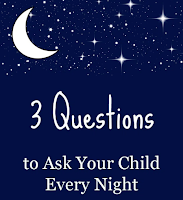Our new Technology for schools website outlines the Enterprise Agreements:
Software is sourced by DoE for all public schools in NSW to support teaching and learning.
Staff and students can access certain software to use on various devices and locations including work at home (WAH), see the individual software for availability.
Agreements and inclusions vary according to the software vendor.
Standard software
There is a supply agreement in place covering all of DoE with:
Google Apps for Education and Office 365 are accessed online and can be accessed from any device with internet access.
Student owned devices and BYOD
There are many products are available at no cost to all DoE students under our enterprise agreement.
Google Apps for Education
Now known as G Suite)
Google Apps for Education (GAFE) are online productivity tools that work on any device. GAFE let teachers and students create, communicate and collaborate in real time.Teachers and students have access to tools that allow:- Collaborative word processing, presentation and website creation
- Easy delivery and management of assessment
- Time and task management
- Unlimited online storage.
- Google Apps for Education is accessed via a dedicated DoE domain rather than downloading. Once an account is approved, set up and linked to this domain, it can be accessed from any device with internet access.
- Students - Google Apps is in the Learning Tab on the DoE student portal
The enterprise agreement with Adobe allows school students to install Adobe software for free on one personally owned device. This gives students access to Adobe Creative Suite 6, Presenter, Captivate, Photoshop Elements and Premier Elements. Staff can access Adobe software on school computers. Access for staff from one non-department device is made available by individual subscription under the WAH program.
A range of Adobe software is available for all DoE devices and student BYODs. The capacity of the device and the needs of the user determine which of these programs are installed onto the device.
Visit Technology for schools website to discover the full list of what can be installed on DoE devices.
FAQs for student free downloads
FAQs for student free downloads









